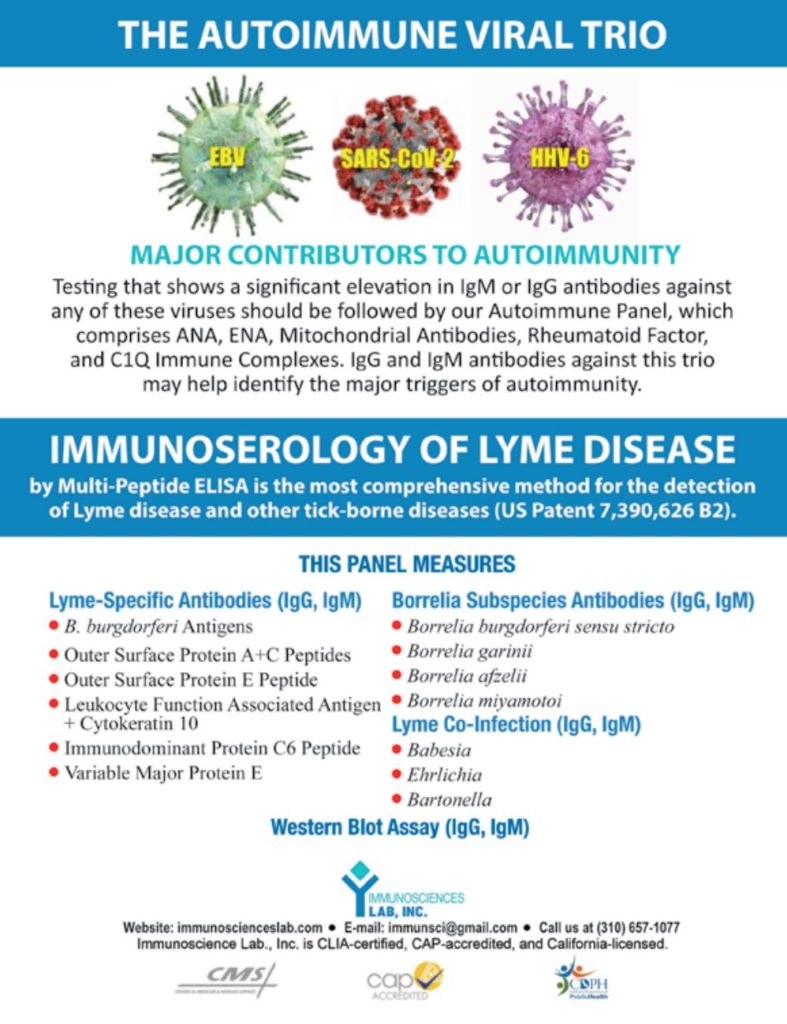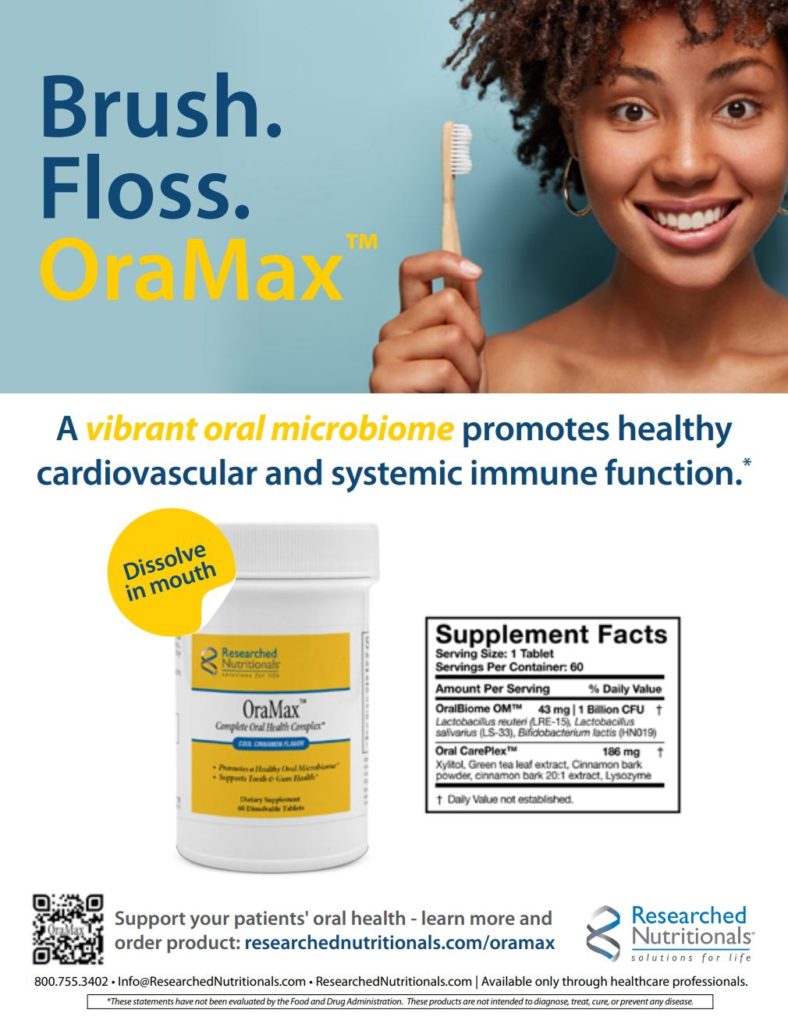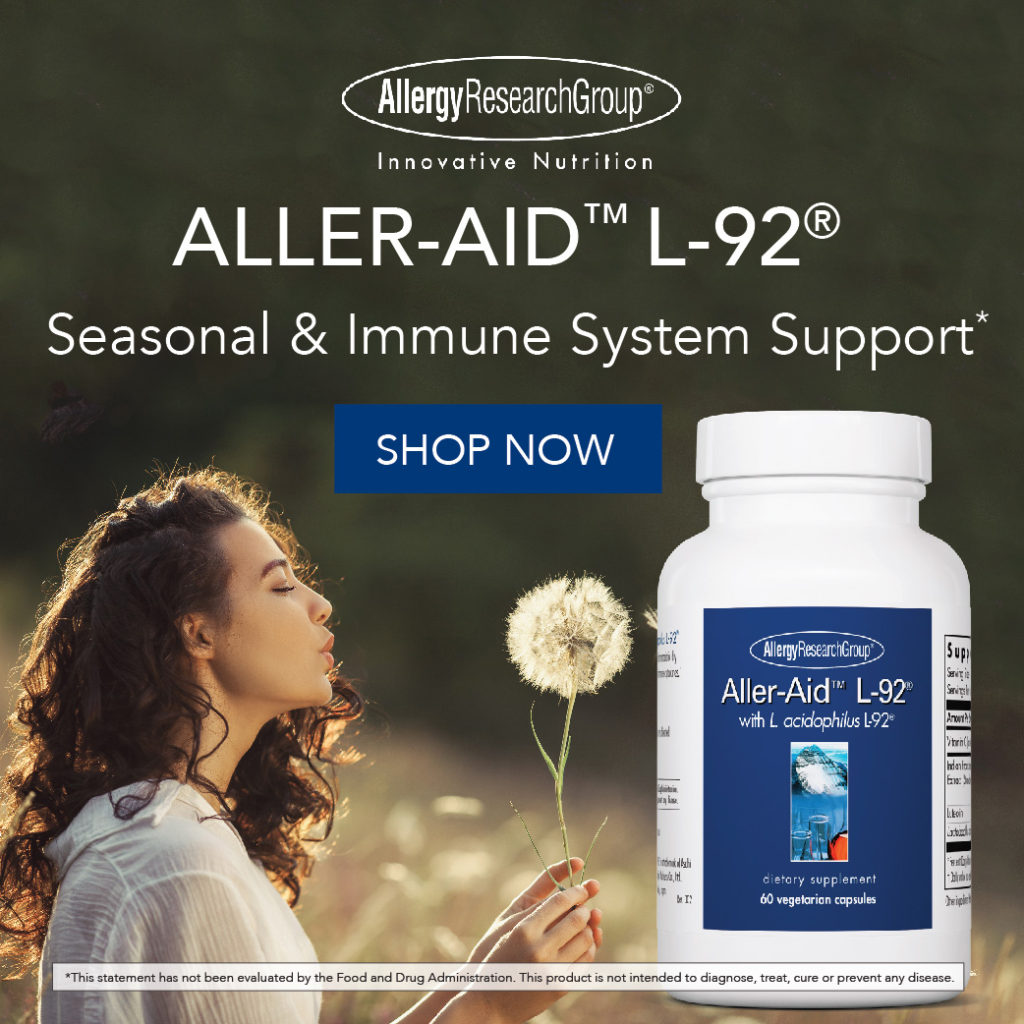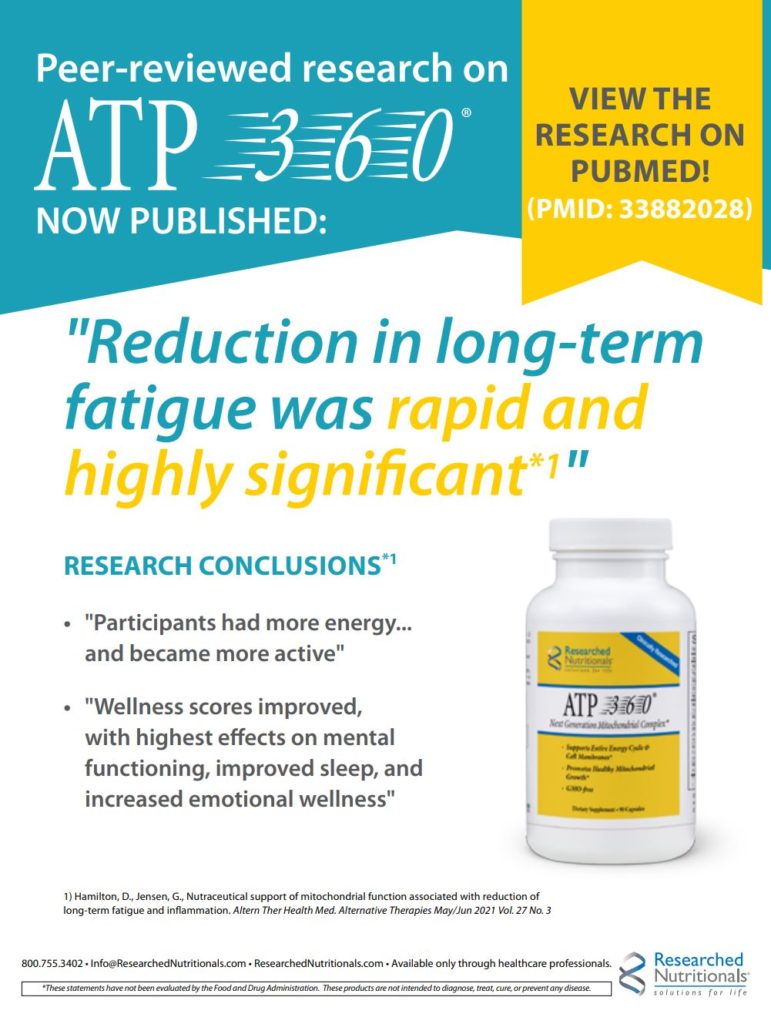By Debby Hamilton, MD, MPH
Introduction
Everyone is familiar with the common symptoms of inhalant allergies such as rhinorrhea, congestion, and sneezing along with pruritis and irritated eyes.1 These acute symptoms can greatly interfere with daily life depending on their severity. Inhalant allergies contribute to difficulty with sleep, leading to daytime fatigue and interference with work productivity.2
There is a wide range of environmental triggers leading to these symptoms. The primary ones are either from the natural environment such as trees, plants, dust, and molds or from man-made pollutants in the air.
Inhalant allergies have a prevalence of 10% to 40% depending on the geographical location.3 There have been drastic changes in our environment over the last few decades contributing to the increasing prevalence. Climate change has contributed to an increase in air pollutants and a change in growing and pollination times. There has been an increase in chemicals added to our food and water contributing to new foreign chemicals contributing to an increase in potential allergens. These chemicals have altered our internal environment also with significant immune impacting changes to our microbiome. With these changes, inhalant allergies and other atopic diseases will continue to increase and have a negative impact on people’s quality of life.
Acute Immune Mechanism
In allergic rhinitis, initial allergen exposure and sensitization involves multiple different immune cells. The antigen presenting cells, T and B lymphocytes lead to the development of allergen specific T cells and allergen specific IgE antibodies. Repeat exposure leads to the binding of IgE cross linked antibodies onto mast cells causing release of allergic chemical mediators such as histamine.1,4 The release of histamine leads to the symptoms of allergic rhinitis such as rhinorrhea and sneezing. This is followed by a secondary allergic inflammatory response with Th2 lymphocytes, eosinophils, and basophils infiltrating the nasal mucosa and causing a late allergic response.4
Risk Factors
Chronic Immune Dysfunction. Long-term allergies, including allergic rhinitis, are associated with a chronically elevated T helper 2 cells (Th2) response. This ongoing elevated Th2 response is a common immune imbalance in chronic patients. With inflammation, especially inflammation arising in hollow organs such as the intestines and the lungs, there is an increase in T helper 17 cells (Th17) and a decrease in T regulatory cells.5 A common example of this is dysbiosis or SIBO in the intestines leading to elevated Th17 and decreased T regulatory cells. An increase in Th17 cells with a concomitant lowering of Th1 cells leads to the development of autoimmune disease.6
Th17 and Th1 cells are antagonistic so if Th17 cells are elevated this leads to a decrease in Th1 cells. The decrease in Th1 cells results in a decrease in the ability to fight intracellular infections such as viruses. An increase in infections, then, causes an increase in inflammation leading to higher levels of Th17 cells, which creates an ongoing cycle of chronic immune imbalance.
When Th1 cells are low this leads to an increase in Th2 cells since these two groups of helper cells are antagonistic. Multiple chronic diseases, including autism, PANS, rheumatoid arthritis, and multiple sclerosis, have this immune imbalance with elevated Th17 and Th2 and decreased Th1 and Treg cells.7,8,9,10,11 This imbalance leads to allergic diseases along with autoimmune propensity with an increased risk of chronic infections.
Hygiene Hypothesis. The hygiene hypothesis was proposed as one explanation to explain the increase in allergies. The idea was that there has been a decrease in infectious disease exposure in young children causing a decrease in Th1 immune responses needed to fight infections. This decrease in Th1 immune response leads to a shift toward an increase in Th2 immune responses associated with allergic diseases.12 This decrease in exposure to infectious microbes is increased using hand sanitizers and decreased exposure to microbes from the dirt. Children raised on farms with increased exposure to dirt and animals with presumed increase in exposure to microbes have less allergic disease.13
Abnormal Microbiome.An abnormal microbiome in adults has been associated with an increase in all types of atopic diseases.14 Multiple studies have looked at the types or bacteria in the intestinal microbiome and found decreased diversity. One study in adults with nut allergies and seasonal pollen showed a decreased microbial diversity with reduced Clostidium species and an increase in Bacteriodes.15 Another research study aimed at allergic rhinitis specifically in adults also found decreased diversity with similar imbalances as the previous study along with reduced Oxalbacter and Firmucutes microbial populations.16 An altered microbiome is associated with multiple chronic illnesses and an immune system imbalance so it makes sense that it would be associated with an increase in allergic rhinitis and other atopic diseases.
Pregnancy and Postpartum Issues. The microbiome of the pregnant woman influences her immune system, which subsequently impacts her infant’s risk of allergy. This influence begins early in gestation. The maternal microbiome influences the fetal immune system by aligning the maternal and infant regulatory immune balance.13 In utero, there is passage of microbial metabolites and IgG antibodies across the placenta that also influence the development of an allergy-prone immune phenotype in the infant.13
Maternal allergy can impact an infant’s allergy potential. In pregnancy, there is a natural down regulation of Th2 responses to allergens in later pregnancy.17 Pregnant women with allergies have higher Th2 responses to begin with and do not exhibit the natural down regulation of these responses later in pregnancy.17
The mode of delivery can influence the microbiome of the infant. The newborn is naturally supposed to obtain the beneficial microbes for their microbiome during a normal vaginal delivery. A cesarean section bypasses this natural mechanism leading to an altered microbiome that is associated with increased allergies in the infant.18 Breastfeeding is another natural mechanism of establishing the microbiome in the infant. Lack of breastfeeding is associated with increased risk of allergies due also to an altered microbiome.18 A woman’s diet during pregnancy and breastfeeding can also influence allergy potential in their child.19
Climate Change. Climate change has resulted in an increase in allergic pollens and air pollution both contributing to rising rates and severity of atopic disease.14 The change in our climate has to do with an increase in atmospheric greenhouse gases such as carbon dioxide, nitrous oxide, and methane. Carbon dioxide is used by plants for photosynthesis, so an increase in carbon dioxide leads to growth of plant species such as ragweed that thrive at high carbon dioxide concentrations.14 Increasing temperatures with less frost also leads to an increase in pollination times and longer seasons for trees.20,21
Air pollution such as ozone, nitric oxide, diesel exhaust, and other volatile chemicals have also been increased because of climate change. Inhaled air pollutants cause inflammation, oxidative stress, and increased permeability in the airways, which can increase the uptake of allergens.22 These air pollutants can also bind to pollens and other allergens in the air, leading to an increase in their uptake in the body.22 When children are exposed early in life to air pollutants, they are at increased risk for the development of asthma, allergic rhinitis, and eczema.23
Genetics. Allergic disease is considered primarily polygenic because the search for specific genes has only shown several specific single nucleotide polymorphisms (SNPs). Allelic variants or SNPs for increased risk of allergic rhinitis specifically are found in the IL1 genes and the TNF alpha genes.24 For the IL-1B gene those homozygous for the T allele had an eight-fold increase in allergic rhinitis versus the C allele.24
Since there have not been multiple single genes associated with allergic rhinitis and other atopic diseases, epigenetic changes are thought to play a much greater role. Epigenetic changes from DNA methylation and histone modification modify the influence of environmental exposures such as air pollution contribute to the rising rates of allergic diseases.25
Treatment
Transfer Factors: Immune Balancing. One way to help balance the immune system away from the elevated Th17, Th2 and low Th1, Treg cell paradigm seen with allergies and many chronic diseases is by the use of transfer factors. Transfer factors are small proteins with DNA made by activated T helper cells that help boost cell mediated immunity needed to fight viruses.26 They are smaller immune markers similar to antibodies, which are released from B cells. Because they help strengthen cell mediated immunity, they help support an increase in Th1 immunity. By increasing Th1 immunity both Th17 and Th2 levels are decreased. An elevation of Th2 is associated with an increase in allergic rhinitis and atopic disease. Lowering Th2 then helps balance the immune system away from allergies.
Transfer factors can be supplemented as an individual ingredient and in multi-ingredient blends. Transfer Factor Multi-ImmuneTM from Researched Nutritionals is a multi-ingredient supplement with transfer factors, immune supporting mushrooms such as shitake and maitake, astragalus, zinc, selenium, arabinogalacatan, beta-glucan, and antioxidant herbs. Research with this formula has shown an increase in innate and adaptive immunity to help fight infections.27 Levels of natural killer cells, B and T lymphocytes were increased significantly helping the body’s infectious immune response.27 Transfer Factor Multi-ImmuneTM was also shown to have modulating effects with an increase in Il-10and IL-1ra.27
Probiotics: Improving the Microbiome. Probiotics are important for helping maintain and improve the microbiome. Research has shown that probiotics are immune modulating for allergic rhinitis with the potential to change disease severity and symptoms.1 There appears to be multiple mechanisms of immune modulation. Animal studies have shown probiotics to increase the Th1 and T regulatory cells and to decrease the Th2 response associated with allergies by modifying the types of gut flora.1,28 Research has also shown that probiotics can impact levels of specific IgE levels.1
There is much to be learned about the impact of supplemental probiotics on immune function and regulation of atopic disease. The question is also what specific species of probiotics and the dosage. Currently, probiotics are derived from soil (spore based) or derived from food such as the Lactobacillus and Bifidobacteria strains. Many strains have been researched to elucidate immune modulation and clinical improvement. Certain strains of Lactobacillus and Bifidobacteria can increase histamine and others lower histamine, which can play a role in allergic diseases.
Since we know that probiotics help with decreasing allergies and modulating the immune system but there is inadequate research on individual strains, I recommend multi-species products that include both soil-based probiotics and histamine-lowering food-based Lactobacillus and Bifidobacteria strains. MultiBiome TM was formulated based on this principal of combining histamine-lowering probiotic strains of both soil-based and food-based researched strains.
Flavonoids. Flavonoids are phytonutrients found in fruits and vegetables. They are a type of polyphenol. These phytonutrients are known to have anti-allergenic, anti-oxidant, anti-inflammatory, and anti-cancer properties.29 For allergic diseases, the general mechanism of action is to decrease the IgE mediated activation of mast cells, so they do not degranulate and release histamine and other mediators, including cytokines.29 Flavonoids have been found to decrease pro-inflammatory cytokines such as Il- 4, IL-5, TNF-alpha, IL-6, IL-1B, and IL-8.29,30,31

There are multiple flavonoids that have been shown to inhibit mast cell activation resulting in a decreased release of histamine. Quercetin is one of the most well researched of the flavonoids. Compared to one of the prescription mast cell inhibitors, cromolyn sodium, it has been found to be better at blocking mast cell degranulation of histamine and cytokines.32 Luteolin is another flavonoid that also inhibits mast cell activation with specific research inhibiting allergic rhinitis.33 In addition, luteolin appears to be inhibiting microglial activation leading to neuroprotection.34 A combination of quercetin and luteolin has been beneficial in decreasing allergies and inflammation in children with autism.34
Less well known but well-researched flavonoids include fisetin and perilla. They have both been shown to decrease activation of mast cells and therefore decrease allergic disease.
Each of them appears to have other immune modulating effects that help decrease atopic disease. Fisetin has been shown to decrease the interaction between mast cells and activated T cells, which is part of the immune response in the development of allergies.35 Perilla has over 271 different chemical components, including rosmarinic acid and luteolin, thought to contribute to its supportive properties, including anti-allergenic effects.36 It is also a flavonoid-like fisetin that impacts other immune cells in addition to mast cells. For allergic rhinitis, it decreases the migration of polymorphonuclear cells into the nasal tissue.37 Fisetin and perilla have also been found to decrease asthma triggered by mast cells.38,39
Natural Histamine Receptor Blockers. One of the primary treatments for seasonal allergic rhinitis are histamine receptor one blockers such as Claritin or Benadryl. Stinging nettles (Urtica dioca) is an herb that can block histamine one receptors.40 In addition, it has shown anti-inflammatory effects by decreasing cytokines and prostaglandins.40
Treatment Summary. My approach to allergic rhinitis is a combination treatment approach. I recommend inhibitors of mast cell activation along with a natural histamine one blocker. HistaQuel® is a product that combines multiple flavonoids along with stinging nettle for its histamine blocker mechanism. Since flavonoids inhibit release of mast cell histamine and cytokines, starting these as a supplement before seasonal allergies begins can be extremely helpful.
In addition, I use transfer factors and probiotics to help modulate the immune system away from an elevated Th2 allergic-promoting response. Low vitamin D has been associated with an increase in allergic rhinitis so measuring levels and supporting low vitamin D levels is beneficial.41 Vitamin C is often found in combination with quercetin and is a good addition. Finally nasal irrigation is used to clean the nasal cavities from allergens such as air pollution and dust and can be helpful to people.
Seasonal allergies are increasing and, considering how our environment is heading, will continue to be an ongoing problem for patients. Understanding the underlying causes is helpful in terms of prevention and we have beneficial and natural safe options to help those suffering with chronic symptoms.











